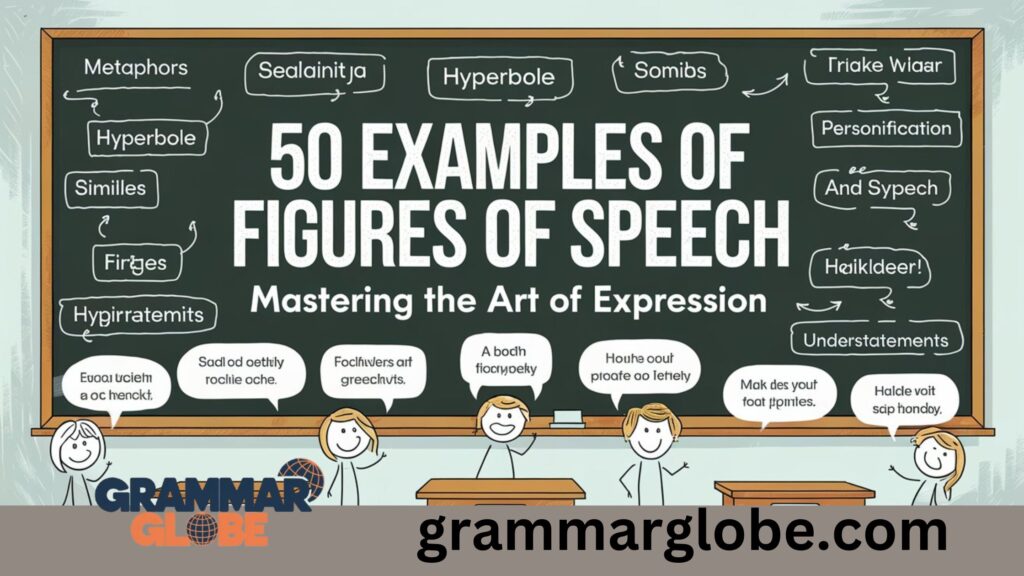Figures of speech are the secret sauce that makes language flavorful and impactful. They’re not just for poets and writers; these rhetorical devices spice up our everyday communication, helping us craft powerful messages that stick. Whether you’re diving into literary texts or just want to add some zest to your casual conversations, understanding these 50 examples of figures of speech will transform the way you express yourself.
The Power of Figurative Language
Language is more than just words on a page. It’s a living, breathing entity that evolves with our creativity. Figures of speech are the tools we use to bend language to our will, creating vivid images and lasting impact in the minds of our listeners or readers.
As we journey through these 50 examples of figures of speech, we’ll see how they enhance communication, add depth to literature, and even make our casual conversations more engaging. Let’s dive in!
But what exactly are figures of speech? They’re words or phrases used in a way that goes beyond their literal meaning to create a particular effect. They’re the reason why a heart can “break” without shattering into pieces, or why love can “blossom” without growing petals. Looking for the latest Redmi 12 price in Pakistan? You’ve come to the right place.
Metaphors: Painting Pictures with Words
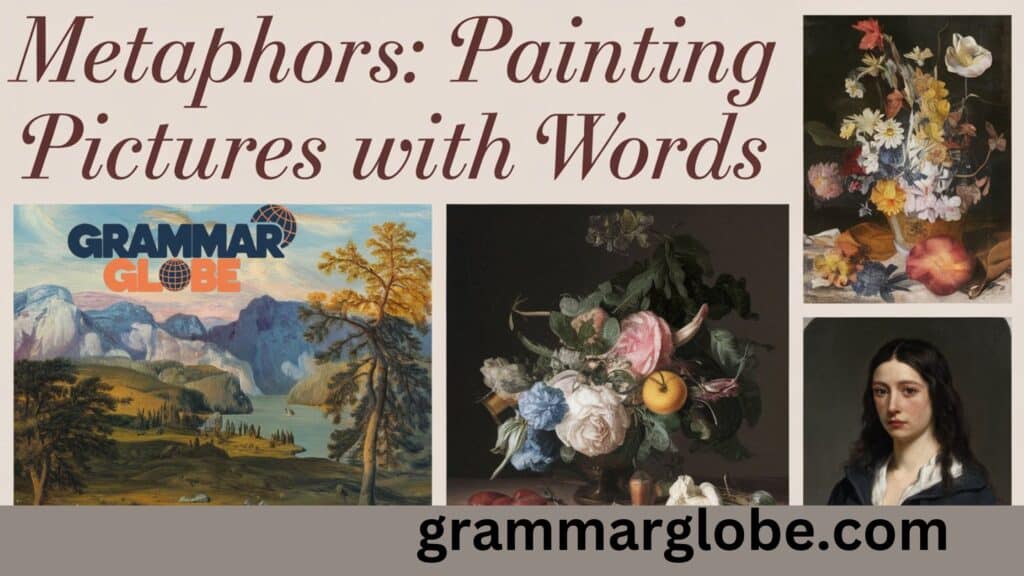
Metaphors are the heavyweight champions of figures of speech. They pack a punch by making a direct comparison between two unlike things without using “like” or “as”.
Definition: A metaphor is a figure of speech that describes an object or action in a way that isn’t literally true, but helps explain an idea or make a comparison.
Here are 5 vivid metaphor examples:
- “Life is a roller coaster.”
- “Her voice is music to my ears.”
- “Time is money.”
- “He’s a couch potato.”
- “The world is a stage.”
Metaphors enhance writing and speech by:
- Creating powerful imagery
- Simplifying complex ideas
- Evoking emotions
- Making abstract concepts more concrete
“Metaphor is the lifeblood of all art.” – Ansel Adams
You May Like: 100 Metaphor Examples (Common Example Sentences)
Similes: The Art of Comparison
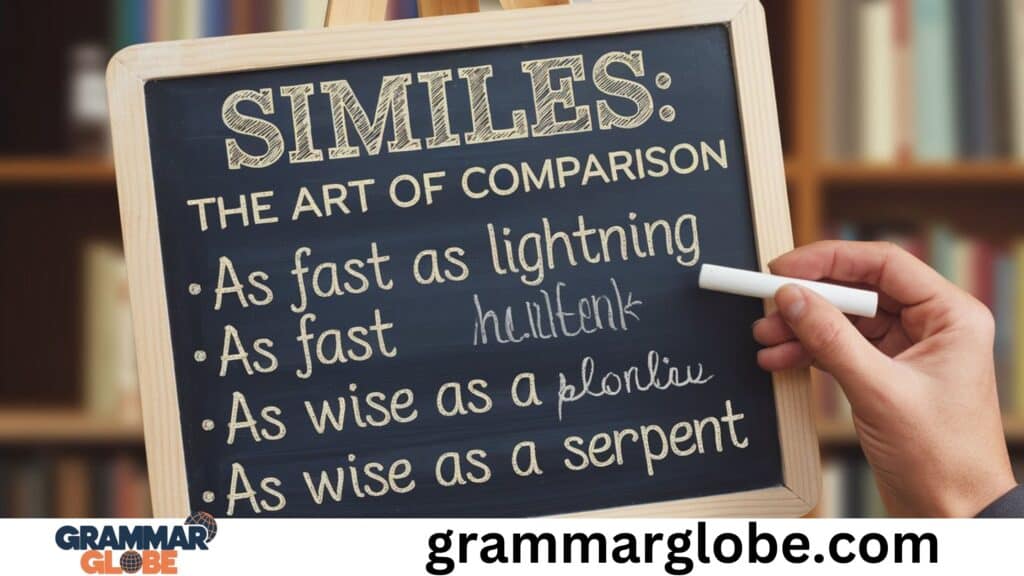
While metaphors make direct comparisons, similes take a gentler approach, using “like” or “as” to draw parallels.
Definition: A simile is a figure of speech that makes a comparison, showing similarities between two different things using the words “like” or “as”.
5 creative simile examples:
- “As busy as a bee”
- “He’s as cool as a cucumber.”
- “She’s like a bull in a china shop.”
- “Her smile is as bright as the sun.”
- “The baby was as good as gold.”
Tips for crafting memorable similes:
- Use unexpected comparisons
- Appeal to multiple senses
- Keep it relevant to your context
- Don’t overuse them
Personification: Bringing Objects to Life
Personification breathes life into the inanimate, giving human traits to non-human things. It’s a powerful tool in storytelling and poetry. 50 Examples of Figures of Speech
Definition: Personification is a figure of speech in which a thing, an idea, or an animal is given human attributes.
5 imaginative personification examples:
- “The wind whispered through the trees.”
- “The sun smiled down on the flowers.”
- “The stars winked at us from the sky.”
- “The camera loves her.”
- “Justice is blind.”
Personification is particularly effective in:
- Children’s literature
- Nature writing
- Advertising slogans
- Poetry
Hyperbole: Exaggeration for Effect
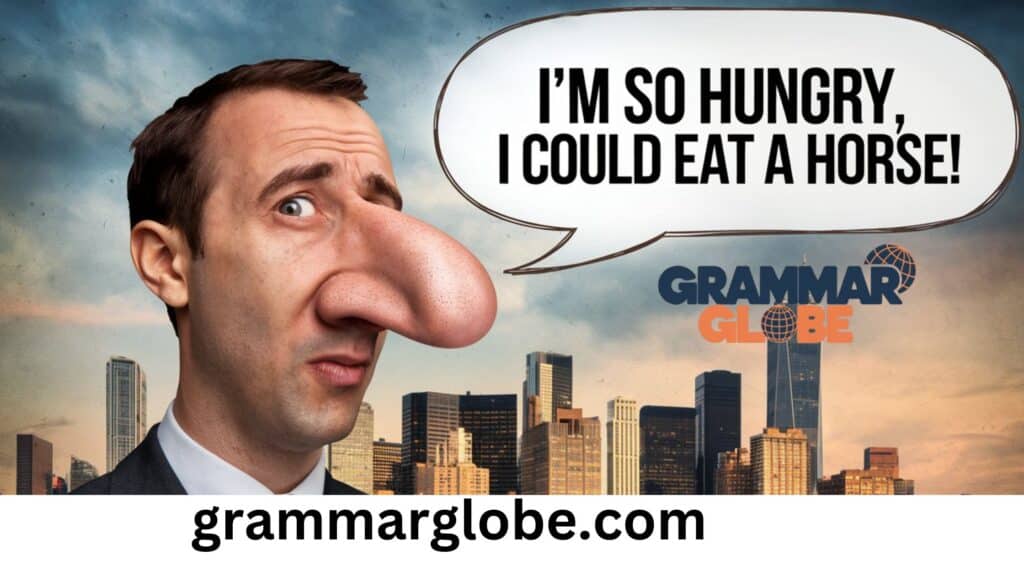
We all love a good exaggeration. Hyperbole takes this natural tendency and turns it into an art form.
Definition: Hyperbole is an exaggeration used to create emphasis or humor, but not meant to be taken literally.
5 hilarious hyperbole examples:
- “I’m so hungry I could eat a horse.”
- “He’s older than dirt.”
- “I’ve told you a million times.”
- “Her brain is the size of a pea.”
- “I have a ton of homework.”
Balancing hyperbole with credibility:
- Use it sparingly for maximum impact
- Make sure the context is clear
- Use it to highlight important points
- Be aware of your audience’s tolerance for exaggeration
Understatement: The Power of Saying Less
Where hyperbole shouts, understatement whispers. It’s the art of making a situation seem less important or serious than it really is.
Definition: Understatement is a figure of speech that presents something as less significant than it really is.
5 subtle understatement examples:
- “It’s just a scratch” (about a serious wound)
- “The weather’s a bit chilly” (during a blizzard)
- “I’m a bit tired” (after running a marathon)
- “It wasn’t my best day” (after a major disaster)
- “He’s not too shabby” (about an Olympic gold medalist)
When and how to use understatement effectively:
- In British humor
- To create irony
- To downplay your own achievements (humility)
- In tense situations to reduce conflict
Oxymoron: Contradictions that Make Sense

Oxymorons are the rebels of figures of speech, bringing together words that shouldn’t work but somehow do.
Definition: An oxymoron is a figure of speech that combines contradictory terms for emphasis or dramatic effect.
5 intriguing oxymoron examples:
- Deafening silence
- Living dead
- Bittersweet
- Open secret
- Small crowd
Oxymorons in literature and everyday speech:
- Create tension and drama
- Highlight paradoxes
- Add humor
- Make descriptions more vivid
Alliteration: The Music of Repeated Sounds
Alliteration brings a musical quality to language, making phrases more memorable and pleasing to the ear.
Definition: Alliteration is the repetition of the same sound at the beginning of a series of words in succession.
5 alliterative phrase examples:
- Peter Piper picked a peck of pickled peppers
- She sells seashells by the seashore
- Wicked witches weave wild webs
- Faithful friends find fortune
- The slithering snake slid silently
Using alliteration in branding and slogans:
- PayPal
- Coca-Cola
- Dunkin’ Donuts
- Best Buy
- Krispy Kreme
Onomatopoeia: Words that Sound Like Their Meaning
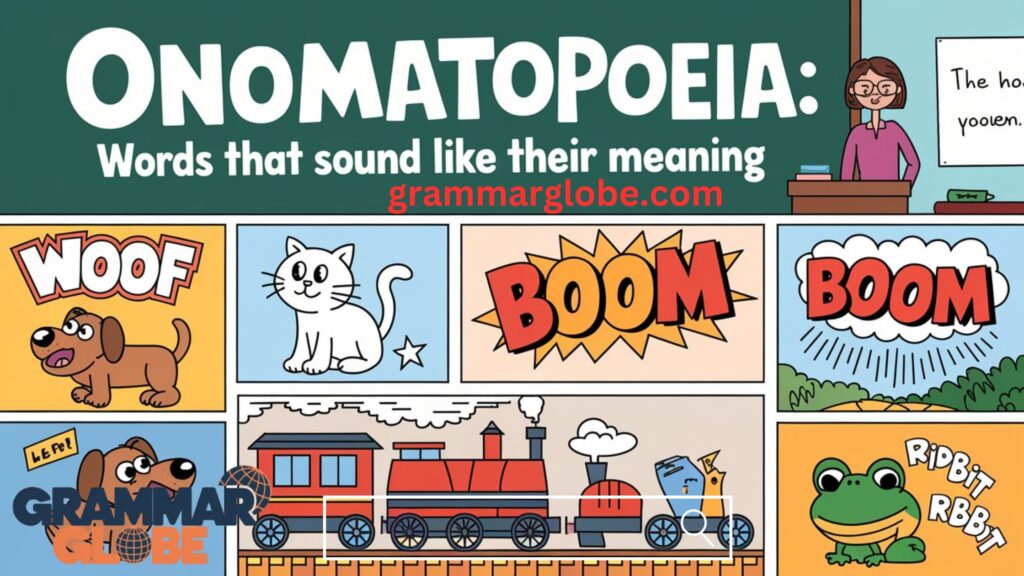
Onomatopoeia brings a sensory experience to writing and speech, making descriptions more vivid and engaging.
Definition: Onomatopoeia is the formation of a word from a sound associated with what it describes.
5 expressive onomatopoeia examples:
- Buzz
- Splash
- Meow
- Boom
- Sizzle
Onomatopoeia is particularly effective in:
- Comics (POW! BANG! ZOOM!)
- Children’s books
- Poetry
- Sound effects in media
Idioms: Phrases with Hidden Meanings
Idioms are the spice of language, adding flavor to our conversations but often confusing language learners.
Definition: An idiom is a phrase or expression that typically presents a figurative, non-literal meaning attached to the phrase.
5 common idiom examples explained:
- “Break a leg” – Good luck
- “It’s raining cats and dogs” – It’s raining heavily
- “Piece of cake” – Very easy
- “Bite the bullet” – Face a difficult situation
- “Costs an arm and a leg” – Very expensive
The cultural significance of idioms:
- Reflect cultural values and history
- Create in-group understanding
- Evolve with language use
- Vary significantly between cultures
Euphemism: Softening the Blow
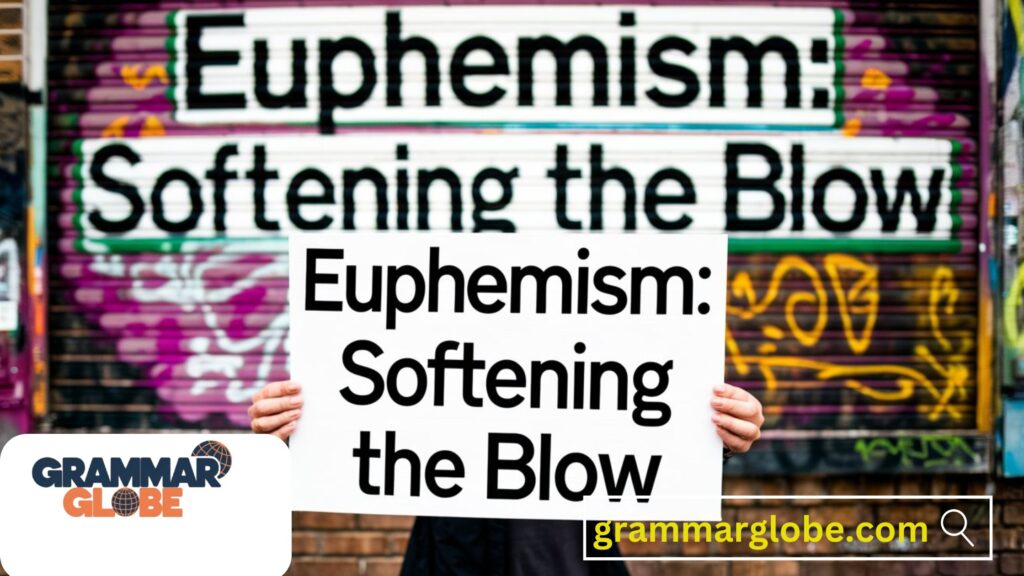
Euphemisms allow us to discuss sensitive topics more comfortably by using indirect expressions.
Definition: A euphemism is a mild or indirect word or expression substituted for one considered to be too harsh or blunt when referring to something unpleasant or embarrassing.
5 everyday euphemism examples:
- “Passed away” instead of “died”
- “Let go” instead of “fired”
- “Economical with the truth” instead of “lying”
- “Mature” instead of “old”
- “Downsizing” instead of “layoffs”
Euphemisms in professional and social contexts:
- In medical settings
- In political speeches
- When discussing bodily functions
- In obituaries
Synecdoche and Metonymy: Parts Representing Wholes
These figures of speech create cognitive shortcuts, allowing us to refer to complex ideas or entities with simpler terms.
Definitions:
- Synecdoche: A figure of speech in which a part is used to represent the whole.
- Metonymy: A figure of speech in which a thing or concept is referred to by the name of something closely associated with it.
5 examples of each:
Synecdoche:
- “Wheels” for car
- “Hired hands” for workers
- “Plastic” for credit cards
- “The crown” for monarchy
- “Boots on the ground” for soldiers
Metonymy:
- “The pen is mightier than the sword” (writing vs. military force)
- “Hollywood” for the film industry
- “The White House” for the U.S. presidency
- “Suits” for businesspeople
- “The bench” for the judiciary
Irony: When Words Mean the Opposite
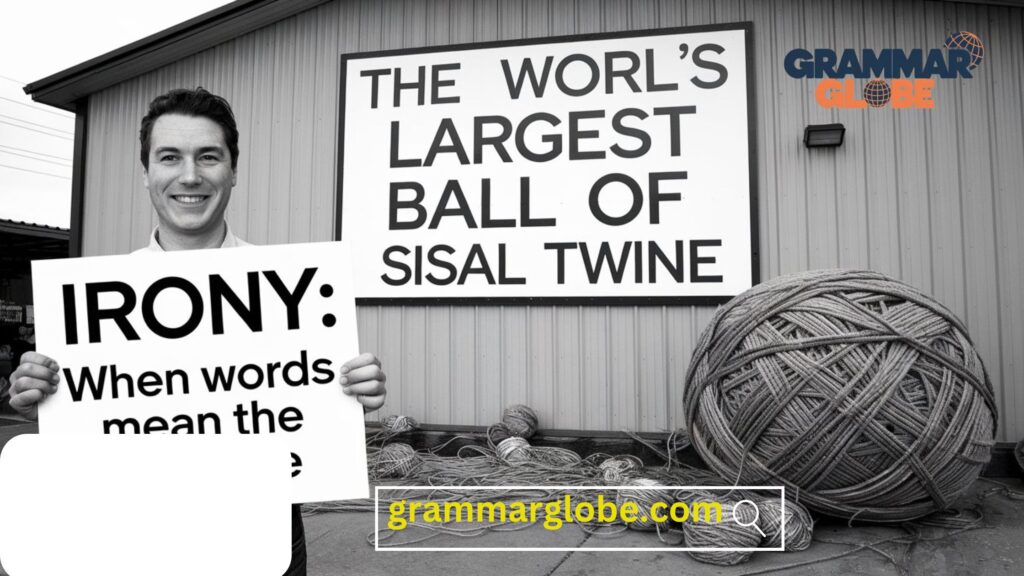
Irony adds depth and sometimes humor to communication by playing with expectations and reality.
Definition: Irony is a figure of speech in which words are used in such a way that their intended meaning is different from the actual meaning of the words.
Types of irony:
- Verbal irony
- Situational irony
- Dramatic irony
5 ironic statement or situation examples:
- A fire station burning down
- A traffic cop getting a speeding ticket
- “Great weather we’re having!” during a thunderstorm
- An English teacher making a grammar mistake
- A vegetarian working at a butcher shop
The role of irony in humor and social commentary:
- Creates cognitive dissonance
- Highlights absurdities
- Provides a tool for subtle criticism
- Engages the audience’s intellect
Conclusion: Mastering the Art of Figurative Language
As we’ve seen through these 50 examples of figures of speech, language is a playground for creativity and expression. From the vivid imagery of metaphors to the subtle contradictions of oxymorons, these rhetorical devices add color, depth, and impact to our communication.
By incorporating figures of speech into your own writing and speaking, you can:
- Make your messages more memorable
- Engage your audience emotionally
- Simplify complex ideas
- Add humor and wit to your expressions
The lasting impact of figurative language on our understanding of the world cannot be overstated. It shapes our perceptions, influences our emotions, and helps us make sense of abstract concepts.
So go forth and play with language! Experiment with these figures of speech in your everyday communication. You’ll find that not only does it make your expression more engaging, but it also opens up new ways of thinking and perceiving the world around you.
Remember, mastering these 50 examples of figures of speech is not just about improving your writing or speaking skills. It’s about enhancing your ability to connect with others, to persuade, to entertain, and to leave a lasting impression. Whether you’re crafting literary texts, giving a speech, or just chatting with friends, these tools will serve you well.
So next time you’re searching for the right words, don’t just settle for the literal. Reach for a figure of speech and watch your language come alive!
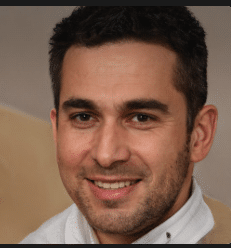
Oliver Smith is an experienced blogger at Grammar Globe, Oliver Smith, an expert in English grammar and a master of wit, brings language to life with his playful take on puns. Through his works, he weaves humor into the rules of grammar, making learning fun and engaging for readers of all ages. Discover language with a smile!”

